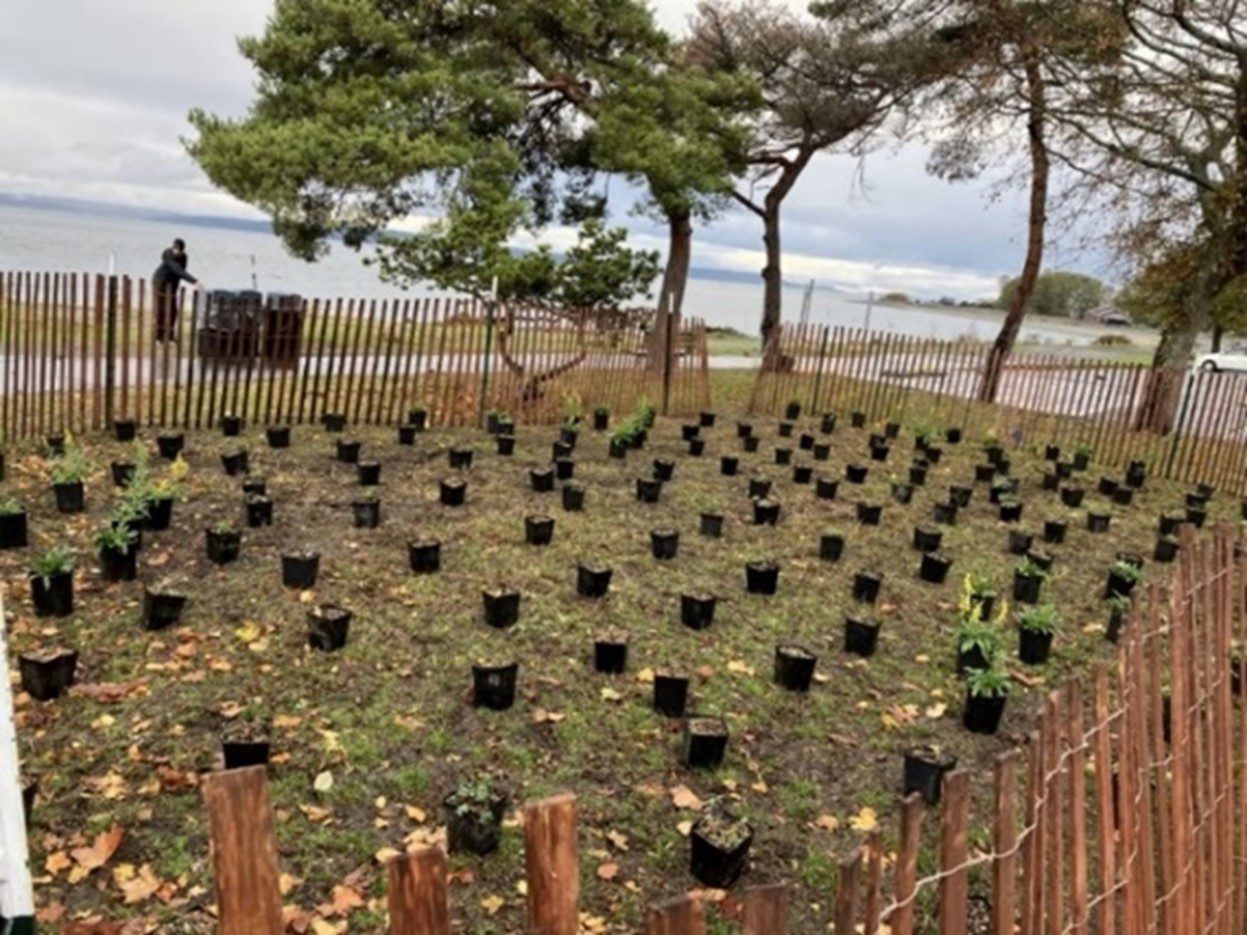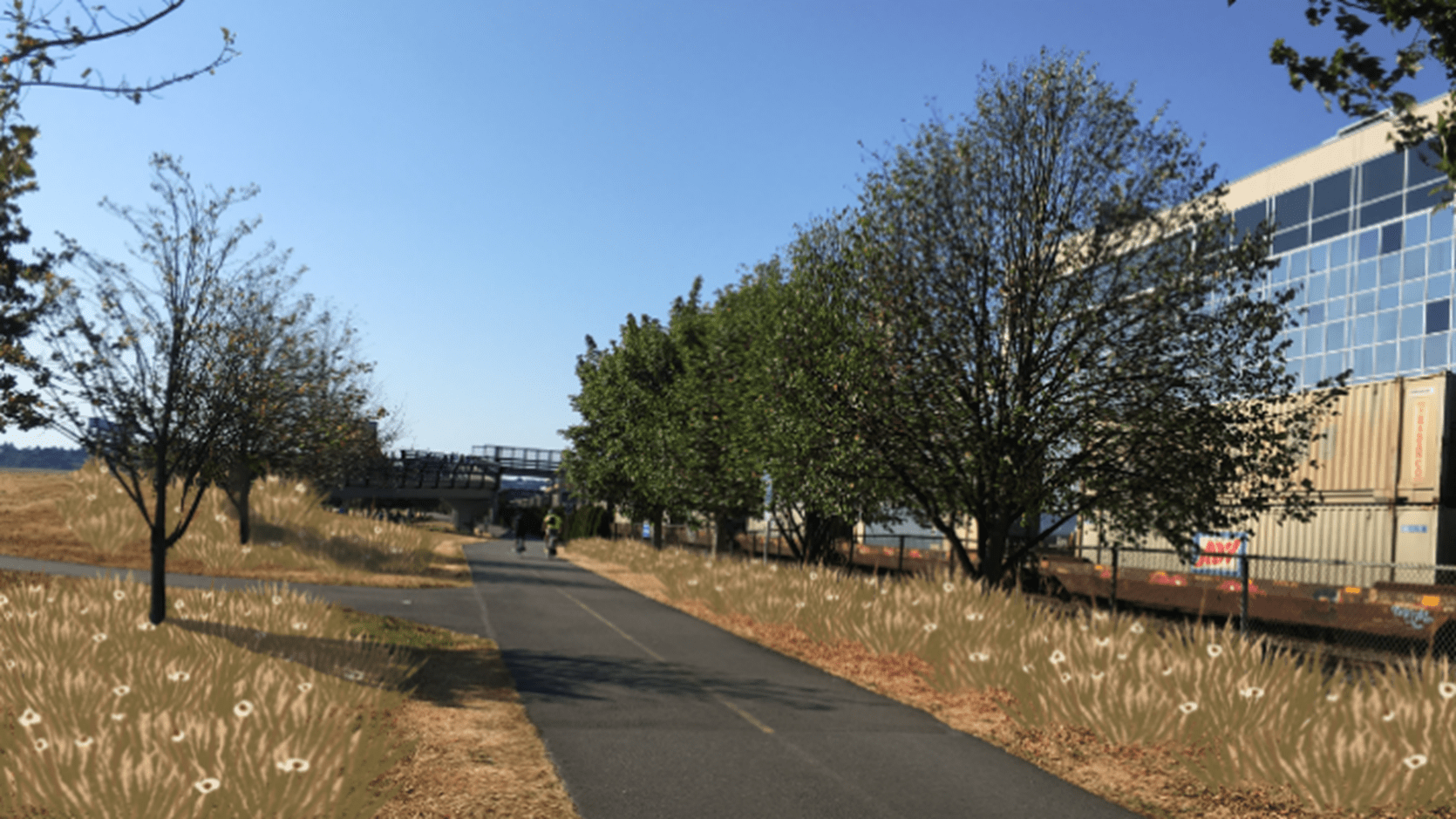Spring has arrived in Seattle and flowers are in bloom to welcome pollinators throughout our parks system. And Seattle Parks and Recreation is expanding areas where these beneficial insects and birds can find the food and shelter they need to thrive.

At Golden Gardens Park, gardeners installed a new pollinator garden filled with shrubs and flowers that will support our local pollinators. As these plants grow, we hope that this idea will also blossom and expand to other areas in this park and many others. Along Alki Beach Park, you might see a similar area set aside for coastal plants that are specific to this beach habitat. This habitat restoration is piloting the idea of restoring this unique ecosystem one section at a time
At the Washington Park Arboretum, our gardeners have been working with our greenhouse manager to develop pollinator seed mixes to overseed certain turf areas with flowers that will diversify this habitat. This idea of transitioning passive turf areas to pollinator meadows using overseeding is gaining traction systemwide. At Myrtle Edwards Park, areas have been designated for a transition to meadows, which is part of a voluntary partnership to create a larger pollinator corridor along the Waterfront, from the Olympic Sculpture Park (Seattle Art Museum) through Centennial Park (Port of Seattle), and on to Expedia’s campus.

This type of coordination along pollinator corridors is just the type of thinking we need to apply to ensure bees, butterflies, hummingbirds and other pollinators have a path that provides adequate habitat for them to thrive. As a Bee City USA, Seattle has made a commitment since 2015 to support our native bees, and we must look beyond our jurisdictional boundaries.
Looking beyond parks means that each person with a yard or window box can be part of the solution, too! Recently, SPR teamed up with the Xerces Society to host a Pollinators at Home webinar that offered ideas for creating your own successful pollinator garden. Check it out to hear the great discussion!
Together we can support pollinators in our community. As you visit one of our 490 parks this spring, “bee” on the lookout for more floral resources on the edges and in our gardens. Take some time to stop and smell the flowers – we think you’ll enjoy it as much as the pollinators.